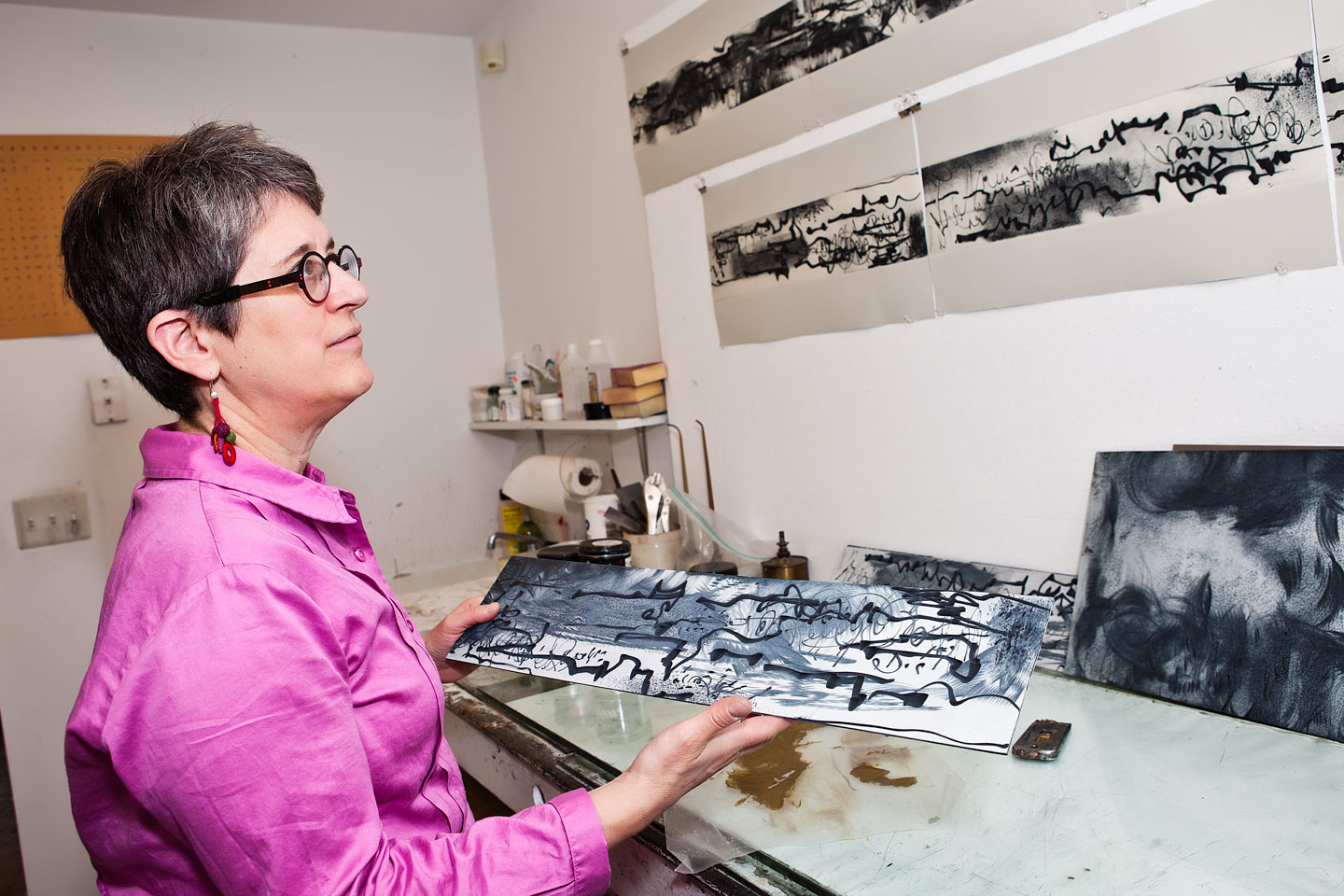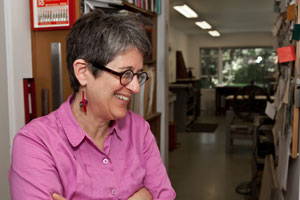Lynne Avadenka, Artist in Jerusalem
By Vivian Henoch, Editor myJewishDetroit
May 23, 2012
Past the garden that spans the front of her house in Huntington Woods, the first thing we notice is her workspace: a printer’s workshop, filled with light, brimming with ideas, shelves of books, notes on bulletin boards, graphics on the walls, finished art and work in progress. This is Lynne Avadenka, a master artist at home in her studio.
Avid reader and scholar, inspired by the book
On the desk in the alcove, we notice the book she’s reading is a history of Jerusalem. The book is epic in scale, as is Avadenka’s work itself. Deeply rooted in Judaism, Avadenka’s art is essentially text driven, and “inspired by the philosophical and physical presence of the book.”
Avadenka recalls making books and designing text, even as a child. Throughout graduate school in printmaking at Wayne State, she worked as a calligrapher and graphic designer, creating ketubot (marriage contracts). In that process, she developed her unique voice as an artist, putting words and images together.
Internationally recognized
With a resumè that reads like an artist’s dream, Avadenka has received scores of grants, fellowships and awards since her apprentice days. Her prints and limited edition artist’s books are widely recognized and exhibited in numerous collections, including The Library of Congress, The British Library, The Israel Museum, The New York Public Library, the Detroit Institute of Arts, the Cleveland Museum of Art, The Meermanno Museum in the Hague.
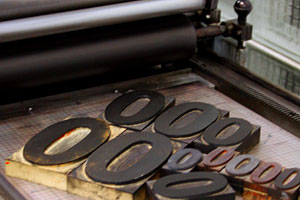 Avadenka will be a Visiting Fellow of the Humanities Institute of the University of Michigan in 2013, at which time there will be a solo exhibition of her work with an accompanying catalog. The program will be co-sponsored by The Special Collections and The Jean & Samuel Frankel Center for Judaic Studies.
Avadenka will be a Visiting Fellow of the Humanities Institute of the University of Michigan in 2013, at which time there will be a solo exhibition of her work with an accompanying catalog. The program will be co-sponsored by The Special Collections and The Jean & Samuel Frankel Center for Judaic Studies.
Most recently, Avadenka was selected from a pool of more than 100 distinguished artists as one of four inaugural Fellows of the American Academy in Jerusalem, a program founded by Elise Bernhardt, President and CEO of the sponsoring organization, The Foundation for Jewish Culture in New York. With this prestigious award she spent nine weeks in Jerusalem in late 2011 working independently and collegially with three other artists: choreographer Donald Byrd, theatrical artist David Herskovits, and urban planner David Karnovsky.
Spellbound in Jerusalem
No stranger to Jerusalem, Avadenka had visited the city many times. But this time, the experience unfolded far beyond what she imagined.
“As an artist you have to ask yourself: what can you make that is better than Jerusalem?”
“I started off with an entirely different project that didn’t really take off once I got there,” she explains, “but found other directions that were satisfying and highly productive.”
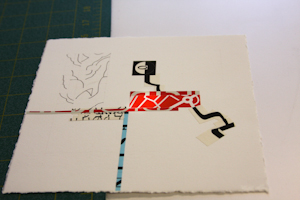
What began as a “small gesture to mark time” and to document her progress, Avadenka constructed a series of small collages. “I wanted to impose on myself the discipline to make something new each day.”
Drawing from a Hebrew tear-off calendar, a bright red street map of Jerusalem, and bits and pieces of the daily news in Arabic and Hebrew, Avadenka created an alphabet – a mysterious and lyrical body of work in a code: to be broken, deciphered, replicated and further developed.
“If you are lucky to work where not all is familiar, interesting things are bound to happen.”
Showing monoprints which she created in Jerusalem, incorporating words from an Arabic/English math dictionary, entitled Reunion of Broken Parts, Avadenka reflects, “ The constants that guide and inspire me will always include the book, as the place where stories are told.”
A storyteller at heart, making her mark
Avadenka continues to invent and reinvent a language of her own. Through symbols and marks, and graphic lines flowing from classical texts and words of her own invention, Avadenka continues to delve into deeper and deeper pools of expression.
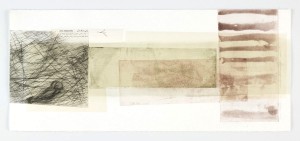
“It is language that will save us, after all” she says. When asked about the disintegration of language in the world of digital chat, Tweets, and electronic texting, Avadenka responds, “On the flip-side of all of this, it was Steve Jobs who has promoted the power of design and the beauty of language, albeit a new language.”
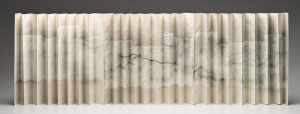
In afterthought, with piercing green eyes, intently peering through elegant black and bright red specs, Lynne Avadenka smiles, taps the book on her desk. “A book, with a cover and pages to turn, words to read: I don’t think they’ve found anything that works better, do you?”
See Lynne Avadenka, an Artist in Jerusalem at the DIA
Presentation Sunday, June 3, 2012
4 pm Marvin and Betty Danto Lecture Hall
Detroit Institute of Arts
5200 Woodward Avenue
$10 per person
RSVP no later than June 1
313-833-9830 or ewheeler@dia.org

